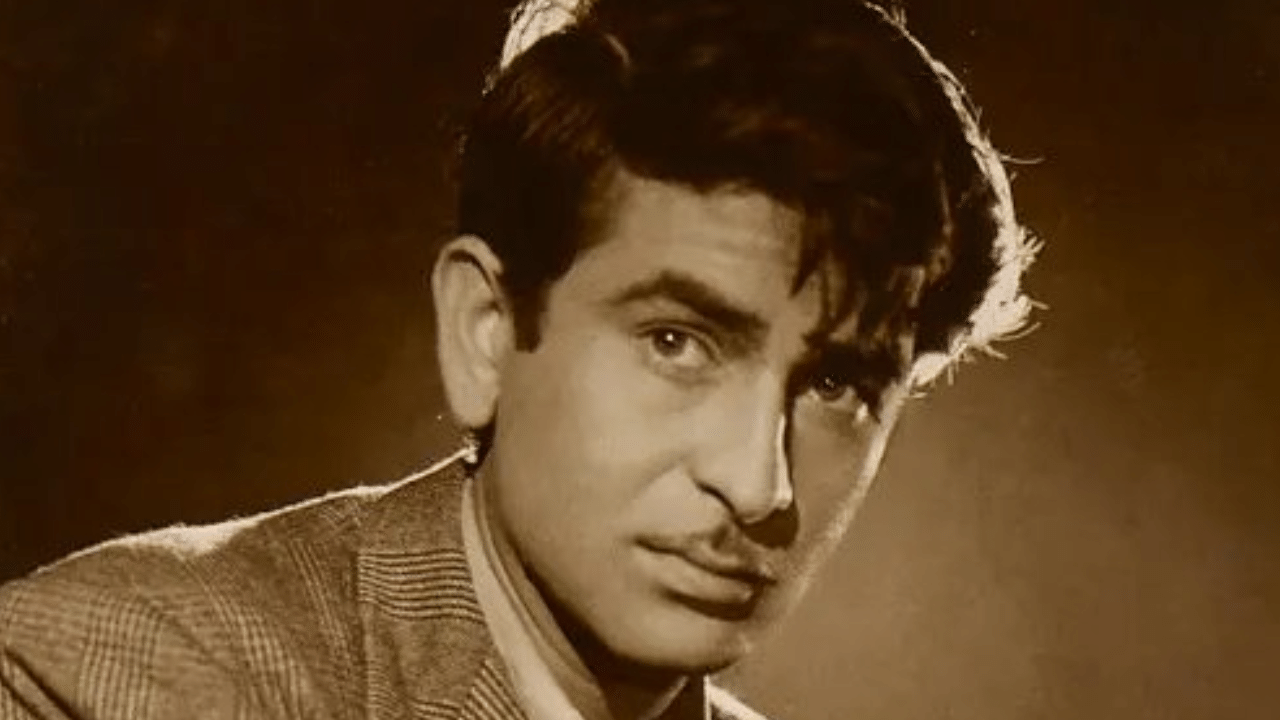New Delhi: The evening had moved without incident — until the MC announced the Dadasaheb Phalke Award for Raj Kapoor. President R. Venkataraman stood to applaud. The whole auditorium rose. But Raj Kapoor did not. He couldn’t. An acute asthma attack had collapsed him onto his wife’s shoulder, his lungs caving in.
In a gesture unlikely to be repeated, the President of India stepped down from the dais and walked to the ailing showman. Perhaps the applause pierced Kapoor’s haze. Or perhaps it was instinct — the instinct of a man who had made his life a show. With visible pain, leaning on his wife, he rose. He even tried to smile. He took his bow. Then he collapsed again. A month later, I read of his death in The Guardian, in Liverpool, where I had gone to study. I bought a John Player Special with my meagre funds and walked an empty, drizzling road, singing, Kal khel mein hum ho na ho… Nobody saw my tears.
The world, however, had seen him. And not just seen — adored him. In the 1950s and ’60s, Raj Kapoor was India’s most recognisable cultural export. His Awaara (1951) and Shree 420 (1955) didn’t just play to packed houses in the Soviet Union; they became part of the cultural fabric there. Songs like “Awaara Hoon” were sung in Russian on factory floors, in schools, and by workers marching home after their shifts. Kapoor’s tramp — part Chaplin, part Hindustani everyman — became a symbol of hope in a bleak, state-controlled media landscape.
Even Jawaharlal Nehru saw the value in Kapoor’s work beyond entertainment. He openly admired Awaara, and the film’s socialist undertones aligned neatly with Nehru’s vision of a progressive, self-reliant, independent India, a composite India that bore the imprint of many civlisations with the Indian core intact—‘phir bhi dil hai hindustani’.
In the Soviet Union, he wasn’t merely a film star; he was a phenomenon. Cities like Moscow, Leningrad, Tashkent, and Alma-Ata saw unprecedented queues whenever his films released. When Kapoor visited the USSR with Nargis, the reception bordered on hysteria: crowds chanting their names, throwing flowers, and jostling for a handshake. The official embrace was just as warm — Soviet leaders lauded him as a friend of the people, proof that Indian cinema could transcend politics.
Across the Himalayas, China, too, took to Raj Kapoor’s cinema. In the mid-1950s, when India and China briefly shared the spirit of “Hindi-Chini bhai-bhai,” Awaara was screened to packed houses in Beijing, Shanghai, and Guangzhou. The tramp’s resilience and the film’s humanist themes resonated deeply in a country emerging from years of turmoil. Even decades later, older Chinese cinephiles could hum “Awaara Hoon” in Hindi — a testament to how Kapoor’s screen persona crossed not only political boundaries but linguistic ones.
It wasn’t just the USSR and China. In Eastern Europe — Warsaw, Prague, Budapest — his films found similar resonance. In places where political censorship limited Western cultural imports, Raj Kapoor’s cinema offered moral clarity, romance, and a touch of fantasy. His struggles on screen mirrored those of ordinary people, but always with the promise of music, love, and justice at the end.
In the Middle East, too, he broke ground. Sangam (1964), with its colour spectacle and emotional sweep, became a massive hit in Tehran. The Hinduja brothers, then in the early stages of their business empire, struck gold distributing it in Iran.
This was Kapoor’s true gift to Indian cinema — he made overseas markets not just possible but profitable. Before him, Indian films abroad were mostly art-house exports screened in limited circles. After him, commercial blockbusters began to dream bigger. The path he cleared eventually carried the likes of Sholay in the ’70s, Disco Dancer in the ’80s, and decades later, Dangal, RRR, and Pathaan. Each of these films, in some way, benefited from the global audience Raj Kapoor had wooed decades earlier with nothing more than a camera, a bowler hat, and his heart on his sleeve.
World leaders, too, recognised his cultural diplomacy. Soviet Premier Nikita Khrushchev publicly praised him as a bridge between nations, Mao hummed the song. Decades later, Vladimir Putin would acknowledge the soft power Indian cinema — led by Kapoor — had wielded in strengthening Indo-Soviet ties. Even in distant corners of Africa and Latin America, his songs survived in street performances and community screenings long after the films had left theatres.
For millions, he wasn’t just an actor or director — he was India itself, smiling through hardship, singing through despair, and dancing in the rain. His cinema was unchained, but they carried the optimism of a young nation finding its voice in the world.
Back at Siri Fort that night in 1988, when he rose through sheer will to take his final bow, it wasn’t just an acceptance of an award. It was the culmination of a lifetime spent on stage and screen, under lights that never dimmed, even in illness. A month later, those lights went out — but the glow remained, in celluloid reels and in the hearts of strangers thousands of miles away.
Raj Kapoor had been born on 14 August 1922 — presciently, a happy topping for a future August Day Eve of Independence. Every eve of Independence, a reminder and celebration of a showman who personified India in the popular imagination of the world.
